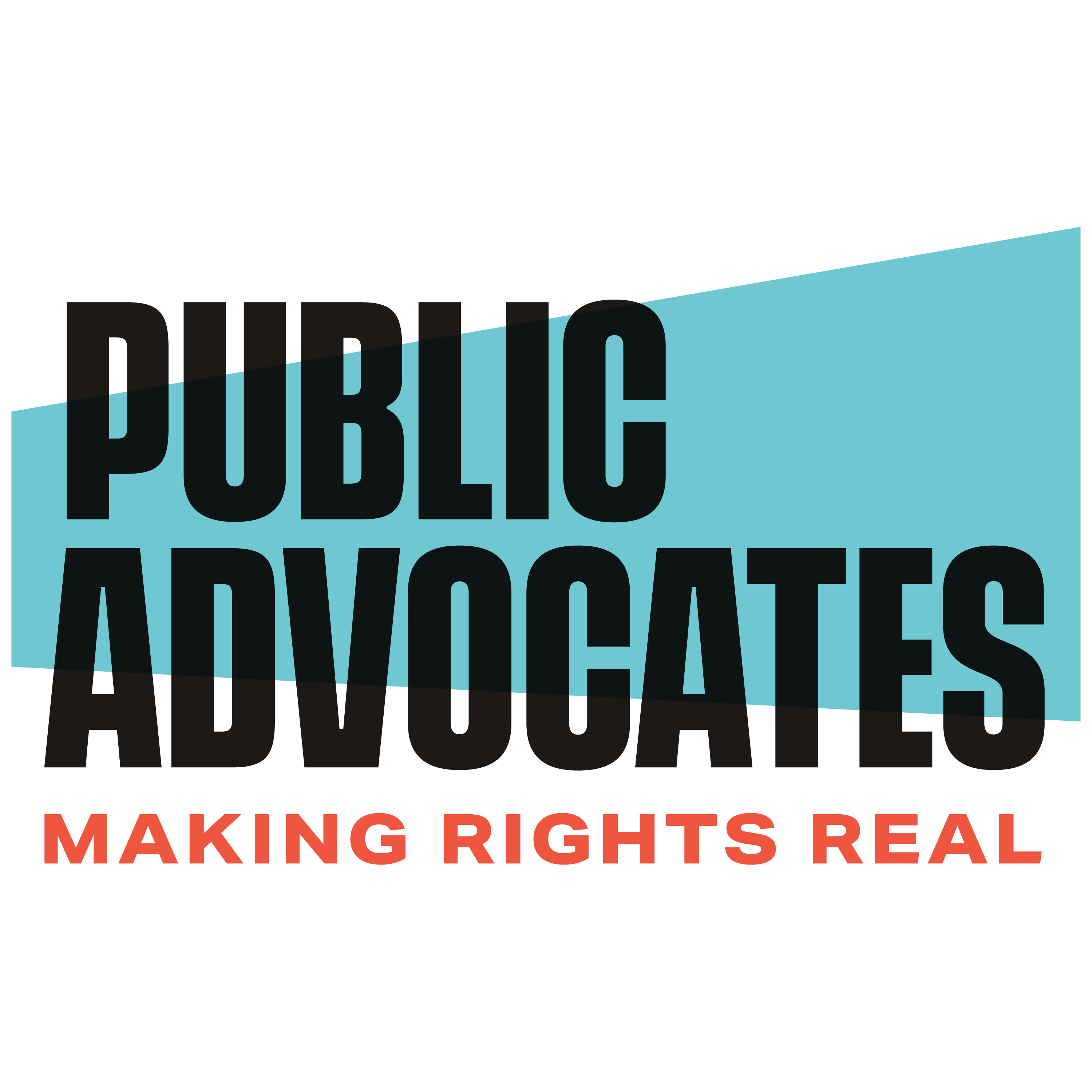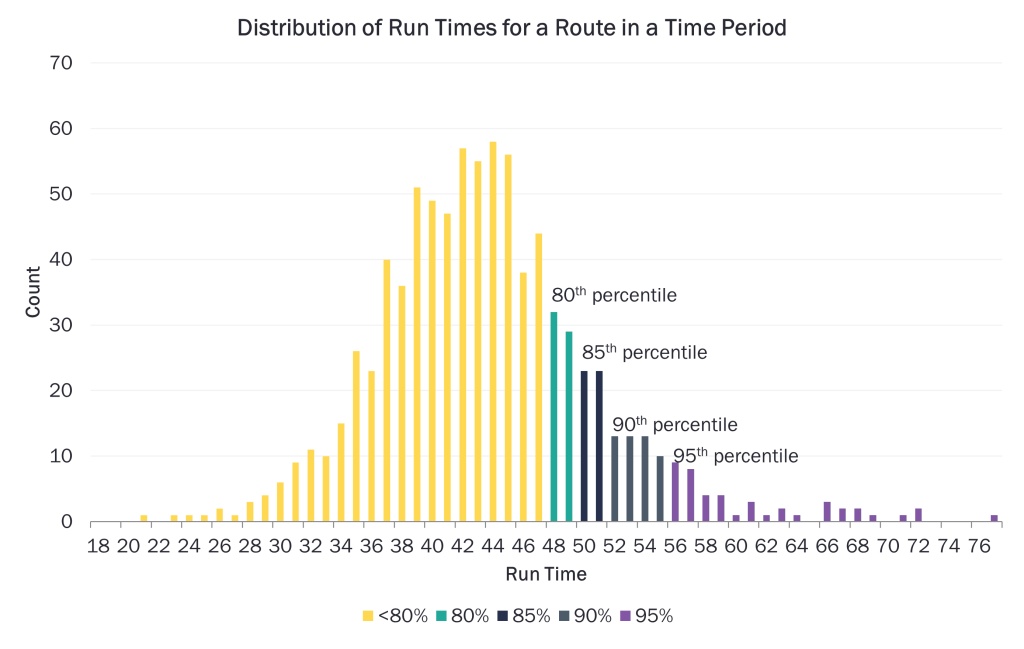The building blocks of transit planning and how it impacts riders and bus operators
AC Transit is doing a project called Realign to assess their bus network and propose changes to routes and schedules. The changes to the routes and schedules can have a big impact on transit riders and on bus operators. This is especially true in a project like Realign that is designed to be resource neutral, meaning the project is changing how service is allocated and not adding any service. This post explains the components of the project and the implications of key decisions.
Transit planning is creating routes that take people where they need to go and allocating the possible hours of transit service to those routes. The building blocks of a bus network are the bus routes and the schedules. The route decisions consist of where the route goes, the location of bus stops, and transfer points to other routes and services. The schedules determine how frequently the bus arrives at different times of day, and the hours of operation on different days of the week.
The hours of service available is based on how many bus operators an agency has and the funding available to hire more. (Sometimes the number of buses an agency has is also a factor.) There are tradeoffs between how many routes and where they go and how frequently the buses come. Often agencies split their resources between higher frequency routes that serve lots of riders and routes that come less frequently but ensure people have at least some access to transit.
The routes and schedules determine the quantity of transit service, but service quality is also important. Performance metrics set by the agency also impact how service is planned. Two critical service quality metrics are reliability and crowding. Reliability is usually measured by the percent of the time a bus arrives at key stops within a 5 minute time window of when it is scheduled to arrive. Crowding is measured by the number of people regularly on a bus compared to the bus’s size. If a bus route doesn’t meet a reliability metric it means the schedule needs to be adjusted, and if a bus route consistently has crowding on buses it means more frequency needs to be added (or a bigger bus).
There is a second part of the process, which is critical to bus operators, and is generally called scheduling. The building block for scheduling is the run-times or how long it generally takes a bus to get from one end of the route to the other. This varies by time of day (5:00 pm takes longer than 5:00 am) and for weekdays compared to weekends. It is impacted by the amount of traffic, how many stops the bus has to make, the number of passengers boarding, and whether passengers in wheelchairs or with carts require the ramp to go down.
A key factor is how to decide how much time to allocate to each bus trip (generally called a run). The more variability the harder it is to create reliable schedules. This graphic shows an example histogram of how long it takes to run a bus route in a given time period (e.g. weekdays between 7:00 am and 9:00 am) over a three month period. This example has a lot of variability. The median time is approximately 42 minutes, but if you set that as the time in the schedule half of the buses would be late. If you set the run-time at 48 minutes about 80% of the buses would be on time, but a lot of buses would be early.
To account for this variability, bus schedules generally have recovery time built in at the end of the route to allow the bus operator to leave on time for the next trip. This recovery time is also usually used to allow operators to have a break to stretch, eat, or use the bathroom. If there isn’t enough run or recovery time in the schedule, bus operators don’t have breaks and are under stress to speed up.
Creating schedules with accurate run and recovery times uses service hours, which reduces the amount of frequency that can be scheduled. A win-win solution is reducing the length of time it takes buses to travel the route and reducing the variability. If the distribution in the chart above is more tightly clustered around the median with fewer outliers, schedulers can set the same run-time and it will be more accurate. This can be achieved by getting buses out of traffic or speeding up passenger boarding with level platforms and using multiple doors as needed.
Once the run-times and frequencies are set, the transit scheduling process creates the workers’ schedules and the schedule for the individual buses. There are additional decisions in these processes that impact working conditions, like how long an operator is scheduled to be driving in a day, whether the shifts are split with an unpaid break in the middle, and where operators start and end their shifts.
Since Realign is looking at all of AC Transit’s bus routes, the potential changes can have a significant impact on both riders and bus operators. AC Transit has the opportunity to fix the foundation of its bus network, making sure the routes are going where passengers need them and when they need them, and that they have reliable schedules for both passengers and operators. From this fixed foundation they can continue to add more frequent service as they hire more operators.
—
Laurel Paget-Seekins (she/they), is Public Advocates’ Senior Policy Advocate for Transportation Justice.


